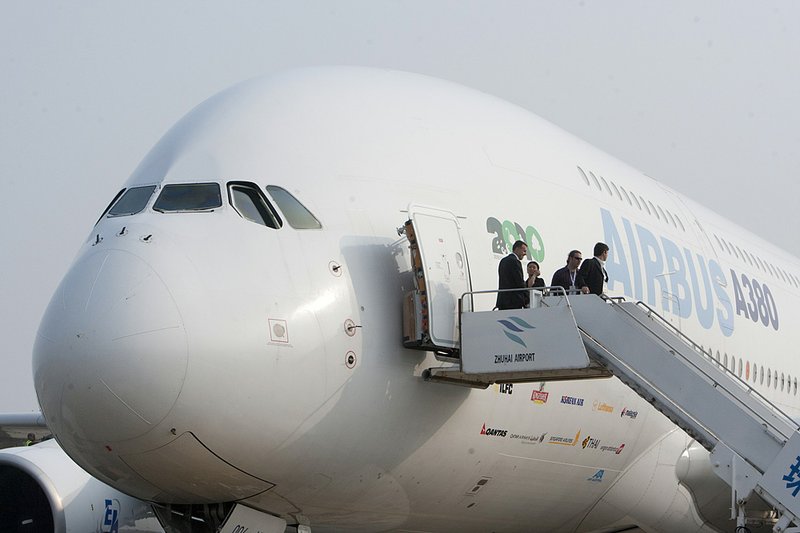LITTLE ROCK — Qantas Airways Ltd. Chief Executive Officer Alan Joyce will be onboard today as the carrier flies its first Airbus SAS A380 service since a midair engine explosion. That commitment helped persuade Mark Ritson to push ahead with a similar trip.
“I couldn’t be more confident,” said Ritson, a University of Melbourne professor,who is flying to London with his wife Monday. “I think it will be a safer plane than before.”
Joyce’s flight follows the five press briefings and at least six radio and television interviews he has given since grounding his six A380s hours after the Nov. 4 engine blowup. The swift action and public appearances have helped Sydney-based Qantas retain travelers’ confidence, said Robert Heath,who has consulted on crisis management for more than 20 years.
“It is a textbook example of how to handle the situation,” said Heath, an associate professor at the University of South Australia in Adelaide. “When you have a crisis, you have to give a measured response and make sure you are prepared like he was.”
Joyce, 44, who became chief executive officer abouttwo years ago, announced the withdrawal of the superjumbos in a televised news conference after an A380 made an emergency landing in Singapore. The Rolls-Royce Group Plc-powered aircraft touched down with the rear of an engine cover blown away and damage to a wing and its fuselage. No one onboard was hurt.
http://hosted.ap.or…">Engine trouble
The carrier, which has never had a fatal jet crash, will resume flights with only one of its 450-seat planes. Another will follow next week. Two new A380s will also enter service next month.The airline is working with Rolls-Royce on modifying as many as 16 power plants after inspections prompted by the engine explosion.
Qantas “will not fly any individual aircraft unless we are completely sure that it is safe to do so,” Joyce said in an e-mail sent to members of the carrier’s roughly 7-million strong frequent-flyer program. Joyce, who has also talked about the planes onYouTube, wasn’t available for an interview, spokesman Simon Rushton said.
The carrier has used substitute planes, including Boeing Co. 747s, to maintain services usually flown by the A380s, which represent 17 percent of its international capacity.
The disruptions may have cost Qantas $58 million in lost sales and costs such as chartering planes, most of which it will likely be able to recoup from Rolls-Royce, UBS AG analyst Simon Mitchell said in a Tuesday note to clients. Joyce said the same day it was “too early” to say whether the airline will seek compensation from the engine-maker or how much.
Rolls-Royceofficials in London didn’t respond to calls seeking comment.
A Boeing 747 operated by Qantas also returned to Singapore a day after the A380 blowout because of an engine fire. At least two other Qantas planes have also turned back since then because of faults.
“I’m pretty impressed with how they have handled it but that only goes so far,” said Ronald Bishop, senior lecturer in aviation at Central Queensland University, who was a U.S. Air Force engineer for more than 20 years. Any more faults and “everybody in Australia and around the world would be looking at Qantas and asking themselves questions,” he said.
Business, Pages 31 on 11/27/2010
